Grieving a loved one and dealing with their loss can be complex and distressing. Stress from the recent global pandemic exacerbated the impact of grief, as many family members were unable to be physically present and offer comfort to their sick loved ones. Whether you agreed or disagreed with local health standards, most people agree that the health standards made it difficult to gather with family and friends to bid farewell through funeral rites or mourning rituals. Regardless of the cause of grief and loss, however, individuals can process the grief and learn ways to move forward and not let the pain overwhelm them for the rest of their lives. Fortunately, it’s possible to grieve and heal healthily through EMDR.
Where to start
While grief can be a natural response to loss, some individuals may feel so stuck in their pain and suffering that they need professional help and support. One place to start is with community touchpoints, such as with a therapist or social worker. With their skills and knowledge in psychosocial support, mental health therapists and healthcare social workers can help facilitate interventions for individuals experiencing difficult situations such as grief and bereavement. Whether they work in private practice, hospitals, or long-term care facilities, they can provide EMDR guided grief counseling or refer you to EMDR resources and mental health professionals within their networks.
If you find a therapist online via EMDR Remote, they will consider your grief symptoms, past memories, and current triggers. This will help them determine how to introduce EMDR into your treatment plan so that the painful memories are reconsolidated and do not get in the way of your daily life and functioning.
Learning how to heal and cope
The phases of history-taking and client preparation for the EMDR treatment can sometimes be emotionally draining. Since this process is very helpful for the therapist to learn how to help you heal and cope healthily, they will often help you build coping skills so that you can be prepared to talk about your history and work on coping skills to prepare you to talk about the more difficult issues you are facing while in therapy.
Processing trauma
Traumatic grief can occur when the loss is tragic or unexpected, or when the event triggers past traumas and losses to the extent that the individual becomes emotionally drained and overwhelmed. As an intervention, EMDR can help distinguish between positive and negative cognition and assess the emotions and sensations that arise when the memory is activated. EMDR is effective for trauma processing as it involves the use of eye movements and bilateral stimulation to focus directly on the memory and changes the way it is stored in the brain. EMDR is guided by the Adaptive Information Processing model, with the goal of reducing the vividness and intensity of the traumatic/maladaptively stored memory over time. Many clients prefer EMDR therapy because the client doesn’t have to get into as much detail about the trauma as with other therapy techniques.
Combining EMDR with other interventions
There can be a significant overlap between traumatic/complicated grief and other mental health conditions like post-traumatic stress disorder (PTSD), depression, and anxiety. Although EMDR can be used alone to treat the client, EMDR can also be combined with other effective interventions like cognitive behavioral therapy (CBT), so you can develop more specific skills for regulating grief and the emotions it triggers. A study on bereaved people experiencing clinically relevant levels of grief found that combined CBT and EMDR can reduce the severity of grief symptoms assessed during treatment sessions. Symptom reduction was also associated with a decrease in negative conditions and avoidance behaviors, which shows promise for patients overcoming grieving periods and actively working towards building and creating positive experiences throughout life.
Written by: Tina Marie (guest blogger)

Recent Comments